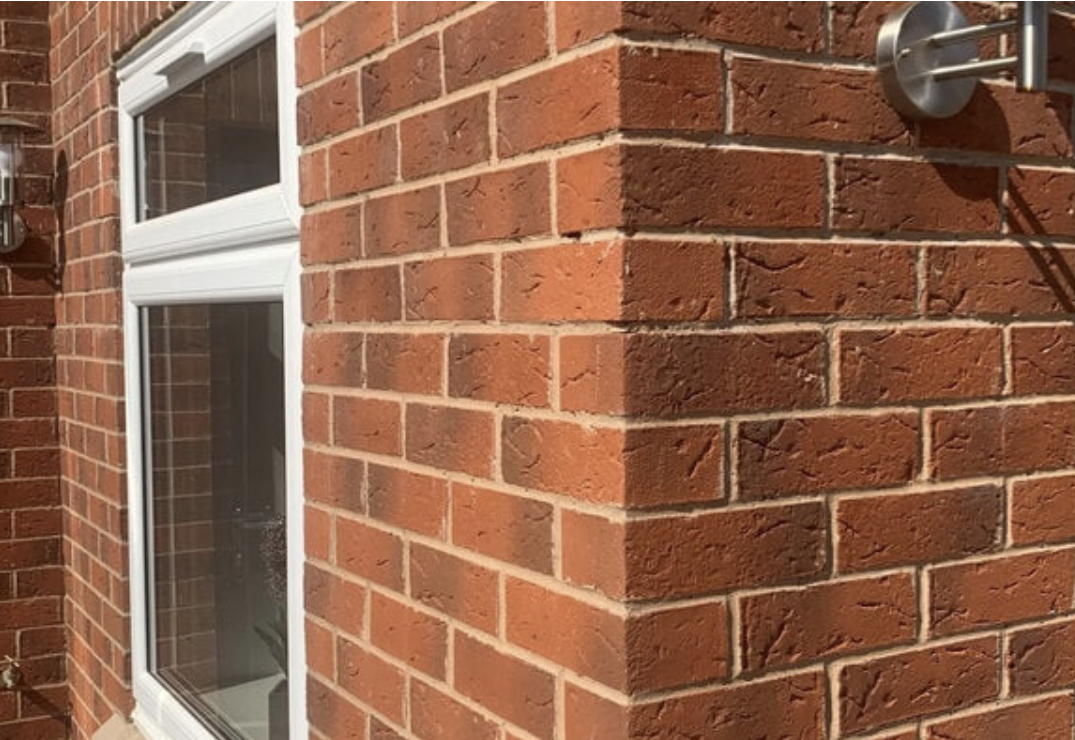When it comes to your building's exterior, understanding the colour temperature of materials is crucial in creating the desired look.
Red bricks, a classic choice for many homeowners and architects, often raise the question: are they warm or cool?
The Basics of Colour Temperature
In design, colours are generally categorised as warm or cool based on the feelings they evoke and their position on the colour wheel.
- Warm Colours: These include reds, oranges, and yellows. They tend to evoke feelings of warmth, comfort, and energy.
- Cool Colours: These encompass blues, greens, and purples. They are associated with calmness, relaxation, and freshness.
Red Brick: A Warm Colour
Red brick is unequivocally classified as a warm colour. Here's why:
- Colour Composition: Red, the dominant colour in red bricks, is inherently a warm hue. Depending on the specific shade of the brick, it may have undertones of orange or brown, both of which are also warm colours.
- Emotional Response: Warm colours like red brick tend to create a cosy, inviting atmosphere. They are often used in spaces where a sense of warmth and comfort is desired, such as living rooms, dining areas, and exteriors of homes.
- Design Harmony: Red bricks pair well with other warm materials and colours, such as wood, beige, and terracotta, further reinforcing their warm characteristic.
Practical Implications in Design
Understanding that red bricks are a warm colour can guide you in making design choices that complement this material:
- Complementary Colours: To create a harmonious look, pair red bricks with other warm colours like creamy off white, warm grey, mustard, and warm neutrals. For a balanced contrast, use cool accents like blues or greens sparingly.
- Lighting: Warm lighting, such as soft outdoor LED bulbs, can enhance the natural warmth of red bricks, making the building façade look even more inviting.
- Texture and Material: Incorporating natural materials like wood and warm metals (like copper and brass) can enhance the cosy, rustic feel of red bricks.

